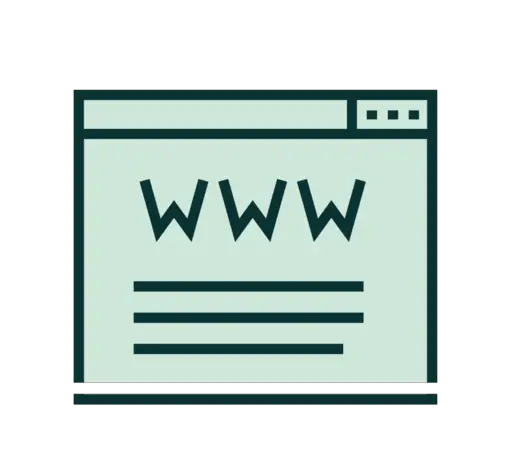A website is a collection of web pages, while a portal is a website with additional features like personalized content, services, or access to various resources
TL:DR Portal Vs. Website
A portal is a comprehensive gateway that provides access to various resources, services, and information. It acts as a central hub where users can find everything they need in one place. Portals often require user authentication and offer personalized content based on individual preferences. They are commonly used by organizations for internal purposes or by larger websites to aggregate diverse information.
A website is typically focused on providing specific content or promoting products and services to its visitors. Websites can be static or dynamic, but they generally follow a hierarchical structure with interconnected web pages accessible through URLs. They are more straightforward than portals and do not require user authentication unless it involves e-commerce transactions or membership-based interactions.
Definition of a Portal
Imagine a portal as a gateway to a specific realm of information or services. It serves as a centralized hub where users can access various resources, tools, and applications tailored to their needs. Think of it as the entrance to a secret garden, opening doors to multiple avenues within one platform.
Portals are designed to provide personalized experiences by offering customized content based on user preferences and profiles. They often require users to create accounts in order to access certain features or exclusive areas of the portal. This allows for more targeted interactions and curated content delivery.
Unlike websites that typically offer static pages with general information, portals are dynamic in nature. They go beyond mere browsing experiences and aim at providing comprehensive solutions for specific industries or communities. For instance, an educational portal may include virtual classrooms, interactive learning materials, grade tracking systems, and communication platforms all in one place.
One key characteristic of portals is their ability to aggregate data from different sources into a unified interface. This means that instead of searching through multiple websites individually for relevant information, users can find everything they need conveniently within the portal itself.
Portals serve as versatile gateways that bring together diverse resources under one roof while offering personalized experiences tailored specifically for their target audience.
Definition of a Website

A website is a collection of web pages that are hosted on a server and accessible through the internet. It is essentially a digital space where individuals or businesses can share information, provide services, and engage with their audience.
Websites come in various forms and cater to different purposes. Some websites are purely informational, providing content such as articles, blogs, or news updates. Others may be e-commerce platforms where products or services can be bought and sold online. Additionally, there are social networking sites where users can connect with friends or colleagues.
What sets websites apart is their ability to have multiple pages linked together through hyperlinks. Each page within a website serves a specific purpose and contributes to the overall user experience.
Furthermore, websites often have navigational menus that allow users to easily move from one page to another. They also typically incorporate features like search bars for convenient browsing.
A website is an online platform consisting of interconnected web pages that serve various purposes such as sharing information or conducting business transactions.
Portal Vs. Website – Key differences
| Criteria | Portal | Website |
|---|---|---|
| Purpose | Offers personalized content, services, and resources; serves as a gateway to various information | Provides information, resources, or services without extensive personalization |
| Functionality | Often includes user accounts, login systems, and personalized dashboards | Primarily offers static or dynamic content without personalized user accounts |
| Aggregation | Aggregates content from various sources or services in one platform | Displays content specific to the website without integrating external sources |
| User Interaction | Emphasizes user engagement and interaction with personalized features | May involve user interaction, but the focus is primarily on content delivery |
| Customization | Allows users to customize their experience based on preferences | Offers a standard experience for all users, with limited personalization options |
| Examples | Yahoo, MSN, My Yahoo | Wikipedia, BBC News, Amazon |
| Access to Services | Often integrates access to email, news, weather, and other services | May provide links to external services but does not integrate them as comprehensively |
| Target Audience | Targets a specific audience with diverse interests and needs | Targets a broad or specific audience, depending on the website's content and purpose |
Image Credits
Featured Image By – Max Musterman, CC0, via Wikimedia Commons
Image 1 By – Photo by Lisa Fotios








